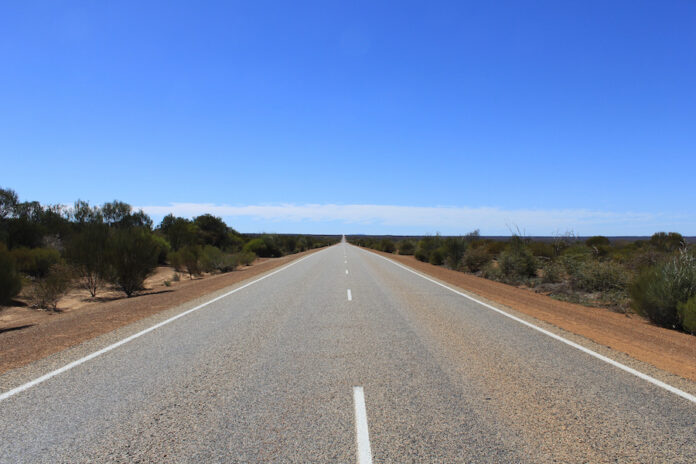Counterintuitively, plastic roads increase our dependence on single-use plastics
As the global population increases, the production of plastic does as well, with an average increase of 8.4 percent per year. This has lead to an astonishing amount of garbage collected on land, along the coasts and in oceans — culminating into disasters like the Great Pacific Garbage Patch. Our high demand for plastics has lead to the production of 322 million tons of plastic in 2015. One solution to alleviate excess plastic trash is to recycle our plastic by reusing it to make plastic roads.
This idea promises more durable and environmentally friendly roads at a lower cost. However, plastic roads can end up being more expensive in the long run with hidden external costs; plastic is not found in nature and threatens the health of our planet by leaching harmful chemicals over time. We are becoming increasingly aware of our daily plastic use and its impact. If we accept plastic roads as a solution to the plastic crisis, we will be regressing on our path to a plastic-free society.
The main problem with plastic roads is the production of plastic that is needed to construct them. The town of Maraimalai Nagar in India adopted the idea of constructing plastic roads to make use of excess plastic, but initially struggled to find the manpower to collect enough plastic. As a solution, the town offered its residents a four-gram gold coin in exchange for collecting 500 kilograms of single-use plastics with a thickness of less than 40 microns. Ironically, Maraimalai Nagar had to abandon the plan a year later since they did not produce enough plastic to keep up with the road production. This plan was flawed from the start since the town was incentivizing the locals to keep producing the single-use plastic that they were originally trying to eliminate.
There is no safe way to handle or discard plastic once it is made. Once produced, plastics will stay on the planet long after we are gone. Plastic roads give the illusion that plastic use is justified. This faulty view will ultimately reverse any progress toward eliminating plastic and will likely increase its production.
The chemical composition of plastic has caused environmental problems long before the concept of plastic roads. Most plastic waste found in the world sheds small fragments through photodegradation—the breakdown of plastic from exposure to elements such as light and heat—eventually finding their way into the environment through soils and waterways. These microplastics act very similar to polychlorinated biphenyls (PCBs), which act like magnets and attract all pollutants around them. Microplastics eventually become more polluting and are easily transported throughout many kinds of environments. Organisms can confuse them for food and die from toxic build up.
With plastic roads being a fairly new idea, we don’t yet know how they will hold up to
Mother Nature. Even the process of making plastic roads is highly toxic; the heating of many polymers releases gases such as polypropylene, polystyrene and polyethylene polymers. To create the roads, plastic is mixed with chemical additives to add flexibility and delay degradation due to heat or sunlight, making the plastic fireproof. The workers making these plastic roads are directly at risk of inhaling these chemical toxins. Many developing countries have poor safety practices, and constructing plastic roads in large numbers might expose workers, particularly women, to cancer and hormonal problems.
The price of plastic roads is also a problem, since they can end up costing more than the
alternative, asphalt, especially when external costs are taken into account. The most
widely used material for plastic roads is styrene-butadiene-styrene, which can increase
the price of a road by 30 to 50 percent upfront. This price increase will demoralize many poor
towns that do not have the necessary funds to replace all their roads, and they will have to rely
on government assistance. Even if the price of hidden external costs—such as damage to soil, agriculture, biodiversity, bodies of water, air pollution and public health—was taken into account, no government would implement plastic roads because they aren’t economically feasible.
The solution to plastic pollution is in our hands. We need to reject plastic and start using alternative materials. Our first step must be to stop producing it. By demanding other materials to substitute plastic, the yearly production of plastic worldwide will eventually stop increasing and hopefully stop altogether. As mentioned before, there is no way to safely, inexpensively and sustainably dispose of any plastic. The world is already full of plastic in every ocean, and on every continent. Approximately 5.25 trillion units of plastic pollute us worldwide. We are planet Earth, not Planet Plastic.
Written by: Daniel Oropeza — daoropeza@ucdavis.edu
Disclaimer: The views and opinions expressed by individual columnists belong to the columnists alone and do not necessarily indicate the views and opinions held by The California Aggie.




